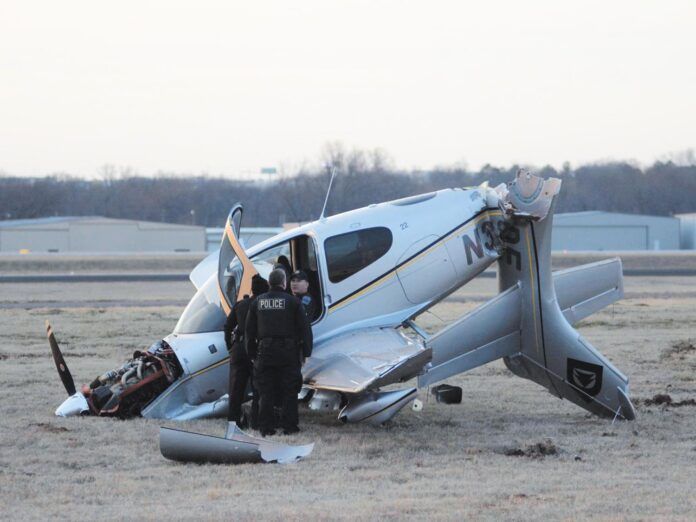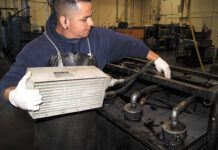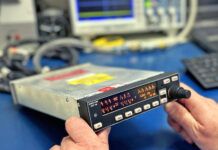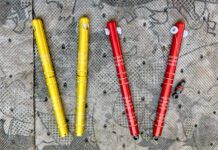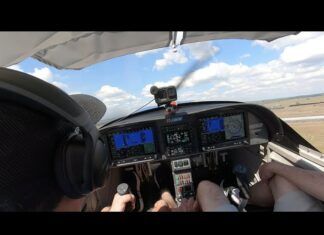Post-MX wrecks
Every aircraft owner should laminate and post page 6 from your “First Flight out of Maintenance: Don’t Get Bit” (September 2024 Aviation Consumer) everywhere. I believe in what you wrote and that there is a God, or else I would be dead. I won’t go into my many “it could have been” stories. There are just three rules that I think should be added to your list.
First, if the tech fixed three items, one of them will try to kill you. Second, I strongly reinforce the rule that you never take the first flight out of maintenance with a passenger. My wife did not understand this, but it saved us two times. Third, find a shop that you trust and show the tech working on the plane pictures of your family, and never ever rush him or her. I flew Mooneys and Aerostars, so maybe my experiences were an exception.
The worst was when my Mooney was in for an avionics upgrade at a premium shop. I read the invoice and paid, but I questioned why it said the shop did an actual flight in the airplane. When I got in, I could not fasten the seat belt. Turns out they had the pilot and passenger seats reversed. Either they did the flight with no seat belts—or they didn’t fly it at all. The best I could do was have them take the flight test charge off of the bill and reverse the seats.
I can add a fourth item to the list of things not to do post-maintenance and that’s never ever take your first flight into IFR. Not obeying rule number one would have killed us if I had taken off into a cold dark night east of the Rockies and going west with all pitot static lines disconnected because the tech neatened them up, even though a pitot static check was the third item on the list to accomplish.
—Dennis Wisnosky, via email
First, great article by Rick Durden on post-maintenance wrecks. I take a bit of an issue with the idea of not doing top overhauls or overhauling bad cylinders and instead doing a full overhaul or perhaps a reman. Rick was concerned with the labor quality of the cylinder replacement and in some cases the cylinder overhaul itself.
That issue has several factors which should be analyzed, including how many cylinders need to be overhauled, the quality of the shop, the engine time since major overhaul, what were the prior overhaul limits (new, service?), the total time since new, the crankshaft condition and how many overhauls it’s been through. Ditto for the camshaft, the cause for the failed cylinder(s), if determined, such as how the engine is managed, whether there are burned valves, worn valve guides, rings, the condition, age and overhaul runs of other significant internal engine components, oil analysis—I can go on.
As an example, in 1991 I bought a 1979 V35B with 1300 hours total time on the engine and airframe and for the prebuy, did an annual inspection at a good shop in Reading, Pennsylvania. Two cylinders were marginal and we had them replaced or overhauled. During the next 900 hours, two more cylinders were overhauled, until at about 2200 hours the engine (somewhat at the insistence of the insurance company) was replaced with a reman IO-550. But that engine went 500 over recommended TBO. And that was done to an engine that was only 400 hours from TBO when bought and ran well over TBO. Oil analysis was done every 50 hours.
Don’t fix what isn’t broken. Complex and sometimes unnecessary repairs can result in more problems than the repair itself. All this takes good judgment, just like flying an airplane.
—Larry Weitzman, Hurricane, Utah
Best Tugs Trial
I read your field report on the Best Tugs A2 in the September 2024 Aviation Consumer and can offer my experience. I have a Best Tugs model A3 for my Lancair and Cessna Cardinal. The tug has plenty of power and good battery life. The Lancair connection points are normally on the strut above the wheel. This was unwieldy to use because of the distance between the wheel hub and connection point. There is too much lead and lag, which makes it hard to make turns.
I had a couple of adapters made to connect the tug arms to the wheel hub like they do on the Cardinal, and I sent photos and specs to Best Tugs on how to make the adapters. Turning the nosewheel in tight spaces is now a breeze. Life is good. I feel bad for the lady in your article with the Cessna 150. The connection point is so far away from the wheel hub and turning axis that she must need 10 feet to make a turn.
—Brad Lawrence, Payson, Arizona
Thanks for the useful input. Actually, Manu needs 10.5 feet to maneuver her little Cessna…

